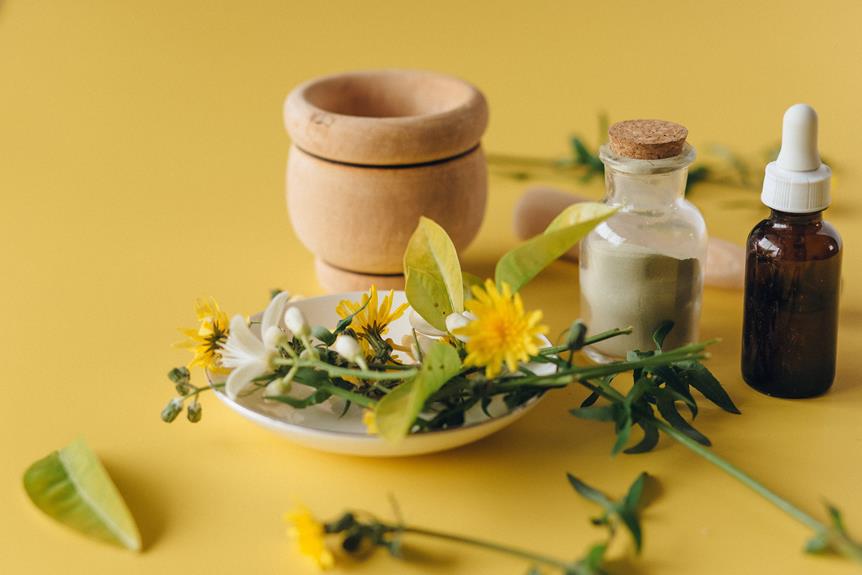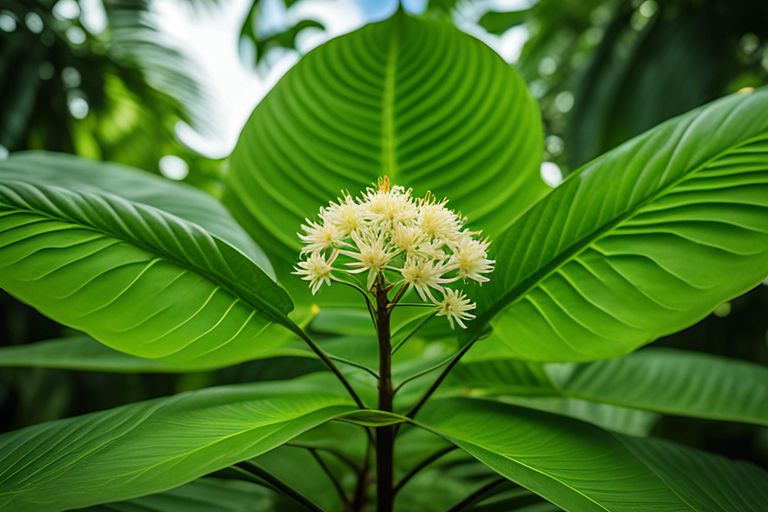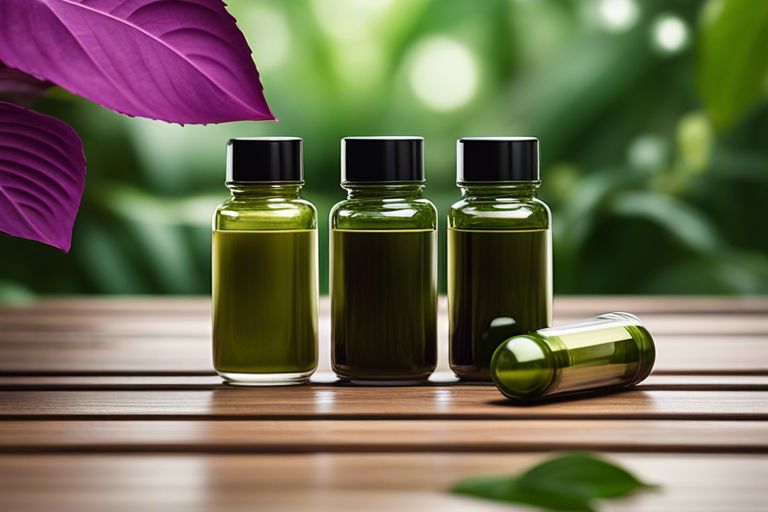Deprecated: mb_convert_encoding(): Handling HTML entities via mbstring is deprecated; use htmlspecialchars, htmlentities, or mb_encode_numericentity/mb_decode_numericentity instead in /home/users/kratomfiles/www/kratomfiles.com/wp-content/plugins/quick-adsense-reloaded/includes/template-functions.php on line 3544
Imagine holding a tiny kratom seed in your hand, fragile and full of potential, like a delicate butterfly about to take flight. These seeds, native to Southeast Asia, hold the key to cultivating the kratom plant, a tropical tree with a rich history. But how can one obtain these elusive seeds? And once you have them, how do you ensure their successful growth? In this discussion, we will explore the origins of kratom seeds, their potential health benefits, and the challenges of growing and caring for these valuable botanical treasures. So, let’s embark on a journey into the world of kratom seeds and uncover the secrets they hold.
Origins of Kratom Seed
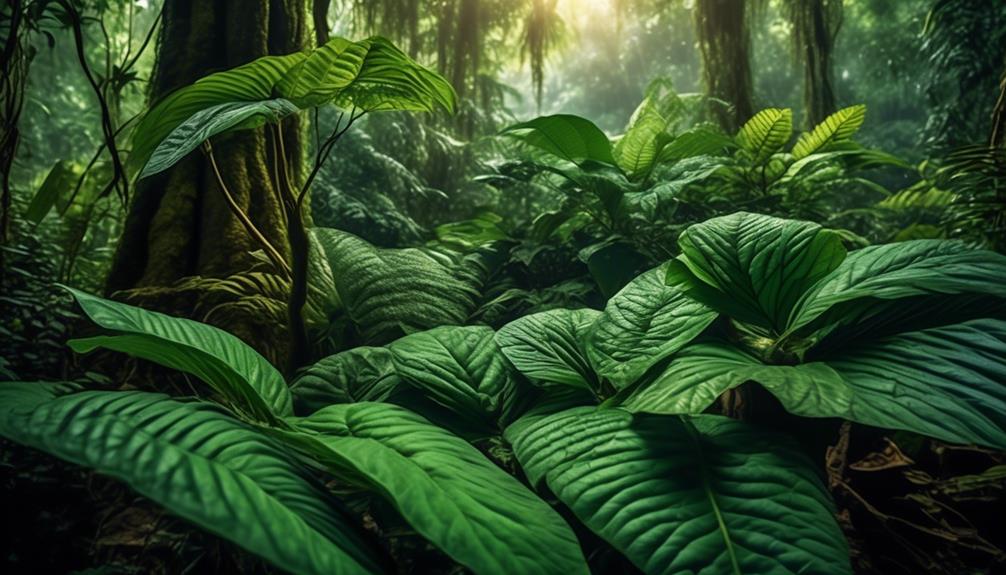
The origins of kratom seeds can be traced back to Southeast Asia, specifically Thailand, Indonesia, Papua New Guinea, and surrounding countries in the Pacific Rim. Kratom seeds are the starting point for the growth of live kratom plants, which are highly valued for their medicinal and recreational properties. These seeds are small and dark in color, resembling tiny capsules or beads. They are produced by mature kratom trees, which can reach heights of up to 80 feet.
Kratom seeds are known for their unique properties that make them challenging to obtain and cultivate outside of Southeast Asia. Fresh kratom seeds have limited viability for planting, and their ability to produce a tree diminishes shortly after harvest. Furthermore, not all seeds will germinate successfully, so it is advisable to plant several seeds at a time to increase the chances of successful growth.
To thrive, kratom trees require specific environmental conditions. They prefer hot and humid climates, similar to their native Southeast Asian habitat. The soil should have high humus levels and be fertile, with a pH range of 5.5 to 6.5. It is important to note that growing kratom outdoors is not recommended due to the need for a controlled environment. Many cultivators prefer indoor growing with the use of high-pressure sodium (HPS) lights to provide the optimal lighting conditions.
Health Benefits of Kratom Seed
After exploring the origins and cultivation challenges of kratom seeds, it is essential to understand the potential health benefits associated with these remarkable seeds. Kratom seeds, obtained from the kratom tree, have been used for centuries in traditional medicine for their various therapeutic properties. These fresh seeds contain a range of bioactive compounds that contribute to their health-promoting effects.
| Health Benefits | Description |
|---|---|
| Pain Relief | Kratom seeds are known for their analgesic properties, providing natural pain relief. The alkaloids present in the seeds interact with opioid receptors in the brain, reducing the perception of pain. |
| Mood Enhancement | The unique chemical composition of kratom seeds can also have a positive impact on mood. The alkaloids stimulate the release of serotonin and dopamine, neurotransmitters associated with feelings of happiness and well-being. |
| Energy Boost | Kratom seeds are often used as a natural energy booster. The alkaloids in the seeds act as stimulants, increasing focus and concentration. This can be particularly beneficial for individuals experiencing fatigue or low energy levels. |
| Addiction Recovery | Kratom seeds have shown the potential to assist with addiction recovery. The alkaloids in the seeds interact with the same receptors as opioids, providing relief from withdrawal symptoms and reducing cravings. However, further research is needed in this area. |
| Immune System Support | The bioactive compounds found in kratom seeds possess antimicrobial and antioxidant properties. These properties help strengthen the immune system, protecting the body against harmful pathogens and oxidative damage. |
It is important to note that while kratom seeds offer potential health benefits, their use should be approached with caution. It is advisable to consult with a healthcare professional before incorporating kratom seeds into your wellness routine. Additionally, it is crucial to obtain fresh, high-quality seeds from a reputable source to ensure maximum effectiveness and safety.
Potential Side Effects of Kratom Seed
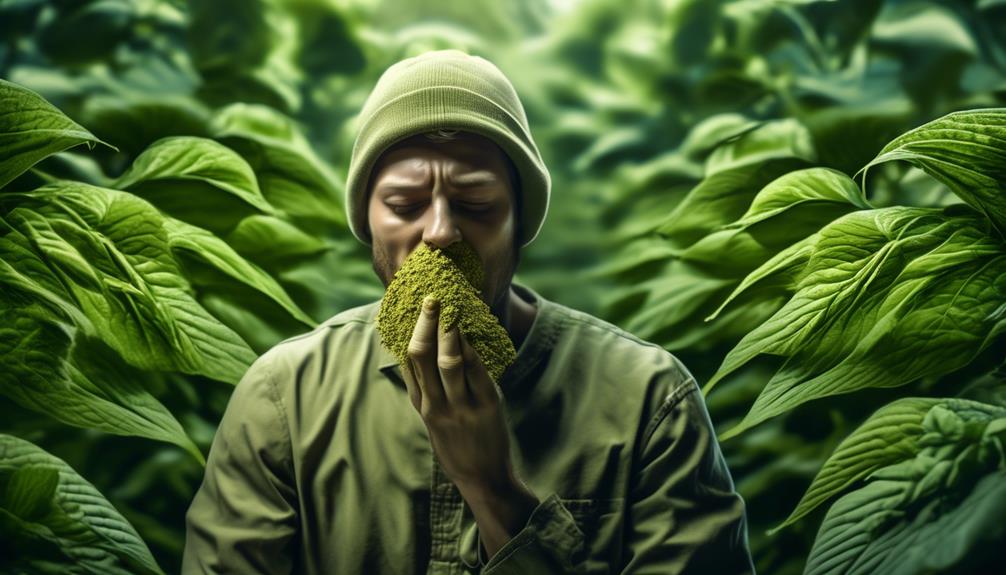
When using kratom seeds, it is important to be aware of the potential side effects that may occur. While kratom leaves have been used traditionally for their medicinal properties, the seeds can have adverse effects on the body.
One potential side effect of kratom seed consumption is digestive issues. Some individuals may experience gastrointestinal discomfort, including nausea, vomiting, or constipation. These symptoms can be bothersome and may require medical attention.
Another concern with kratom seed use is the potential for addiction and dependency. Prolonged use of kratom seeds can lead to physical and psychological dependence, resulting in withdrawal symptoms when you try to stop using them. It is crucial to be cautious and monitor your usage to avoid these complications.
Lab testing has also revealed that kratom seeds can have detrimental effects on liver function in some individuals. This may manifest as jaundice, dark urine, and fatigue. If you experience any of these symptoms, it is advisable to seek medical advice promptly.
High doses of kratom seeds can lead to respiratory depression, which is characterized by slowed breathing. This can be life-threatening and requires immediate medical attention. It is essential to be mindful of your dosage and not exceed the recommended amounts.
Lastly, kratom seeds may impact cognitive function. Some users have reported feeling dizzy, confused, and have difficulty concentrating after consuming kratom seeds. These cognitive effects can be disruptive and may interfere with daily activities.
Legality and Availability of Kratom Seed
To obtain kratom seeds, individuals interested in growing their own plants can source them from reputable online vendors specializing in botanical products. These vendors provide a convenient and legal way to acquire kratom seeds for cultivation purposes. However, it is essential to familiarize yourself with the legality and availability of kratom seeds in your specific region before making a purchase. Here are some important points to consider:
- Legality:
- The legal status of kratom seed varies from country to country and even within different states or provinces. It is crucial to research and understand the regulations governing kratom products in your area to ensure compliance with the law.
- In some regions, kratom and its seeds may be classified as a controlled substance or considered illegal. Therefore, it is vital to be aware of the legal implications associated with growing and possessing kratom seeds.
- Stay informed about any recent changes in legislation or regulations regarding kratom seed to ensure you are up to date with the current legal landscape.
- Availability:
- Kratom seeds, particularly fresh ones, can be challenging to obtain outside of Southeast Asia, where the plant is native. This is due to the limited availability and difficulty in transporting fresh seeds over long distances.
- Reputable online vendors specializing in botanical products offer a reliable source for acquiring kratom seeds. These vendors often provide high-quality seeds that have been properly stored and handled to ensure viability.
- It is important to note that kratom seeds have low viability, meaning that not all seeds will successfully germinate. To increase the chances of successful cultivation, it is recommended to plant several seeds at once.
How to Grow and Care for Kratom Seed
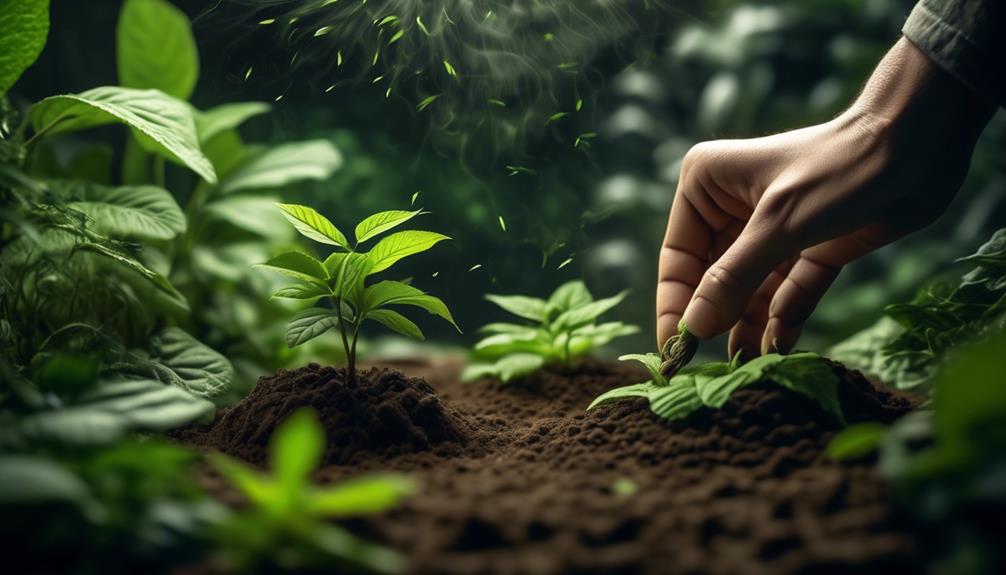
Moving on to the topic of growing and caring for kratom seed, it is essential to recreate the optimal hot and humid environment that these trees thrive in to ensure successful cultivation. Kratom trees are native to warm jungle regions in Southeast Asia, where they experience heavy rainfall and high humidity. Unfortunately, they may not survive outdoors in most parts of the United States due to the difference in climate.
To start growing kratom, it is recommended to obtain fresh seeds or seedlings from reputable sources. Ready-to-ship kratom seedlings are usually around 8-12 inches tall and should be potted with their roots in the soil upon arrival. Regular watering and fertilizing are necessary for their maintenance and growth.
Creating a controlled indoor environment that mimics the tropical rainforest conditions is crucial for the successful cultivation of kratom. These trees prefer hot and humid climates, so it is important to maintain a warm and moist atmosphere. To achieve this, you can use a humidity dome or a greenhouse. The soil should have high humus levels and good drainage to provide the optimal growing conditions for the kratom seed.
Additionally, it is important to keep the seeds or plant matter moist at all times. Kratom seeds are hard to come by in America, so obtaining the freshest seeds possible is crucial. Avoid exposing the seeds to a dry atmosphere, as this can significantly reduce their viability.
Growing and caring for kratom seed requires dedication and perseverance. By recreating the tropical rainforest environment and providing the necessary care, you can successfully cultivate kratom trees and enjoy the benefits they offer.
Can I Grow Kratom Plants from Seeds to Make Kratom Tea?
Yes, you can certainly grow kratom plants from seeds to make your own kratom tea. Once the plant is mature, you can harvest the leaves and use them for your kratom tea recipe with powder. Growing your own kratom offers a sustainable and cost-effective way to enjoy your favorite tea.
Are Kratom Shots made from Kratom Seeds?
Yes, Kratom shots are made from the leaves of the Kratom tree, not the seeds. The leaves are processed and concentrated into a potent liquid form to make the popular blue kratom shot. For more information on the benefits and effects of Kratom shots, check out our latest blue kratom shot article.
Can I Grow Kratom Plants from Seeds?
Yes, you can grow kratom plants from seeds, but it’s a challenging process. The seeds are delicate and need very specific conditions to germinate. It’s much easier to grow kratom from cuttings. As for measuring kratom, there are approximately 2.5 grams of kratom in a teaspoon.
Frequently Asked Questions
What Is Following the Roots of Kratom?
Root exploration is a crucial aspect of understanding the potential of kratom. Its medicinal uses have been attributed to its alkaloid content, which interacts with receptors in the brain. Cultivation methods involve creating a suitable environment for the plant’s roots to thrive, including proper soil, moisture, and nutrients. However, it’s essential to be aware of potential side effects, such as nausea and constipation, that may occur with kratom use. By understanding the roots, you can cultivate kratom responsibly and harness its potential benefits.
What Family Is the Kratom Plant In?
The kratom plant belongs to the Rubiaceae family, which is known for its diverse medicinal properties and stimulant effects. This family includes various plants like coffee, gardenia, and Ilex. The Rubiaceae family is widely distributed in tropical and subtropical regions worldwide, with a high species diversity in Southeast Asia. It’s fascinating how these plants have economic importance and are cultivated for their psychoactive alkaloids. Additionally, the legal status of kratom varies in different countries.
Where Does Mitragyna Speciosa Come From?
Mitragyna speciosa, commonly known as kratom, is native to the hot and humid environments of Southeast Asia. Its natural habitat includes countries like Thailand, Malaysia, and Borneo. The cultivation process of this plant requires dedication and a recreation of the tropical rainforest environment. Kratom has been traditionally used for various purposes, including pain relief, energy boost, and mood enhancement. Additionally, it has been associated with potential health benefits such as stress reduction and opioid withdrawal management.
What Is the History of Kratom?
The history of kratom is rich and fascinating. Its traditional use dates back centuries in Southeast Asia, where it holds deep cultural significance. This herbal plant has been used as a traditional medicine, providing pain relief, boosting energy, and managing various conditions. However, in Western countries, its legal status has become a subject of debate due to concerns about abuse and dependence. Understanding the history of kratom helps us appreciate its cultural heritage and navigate its complex legal landscape.
